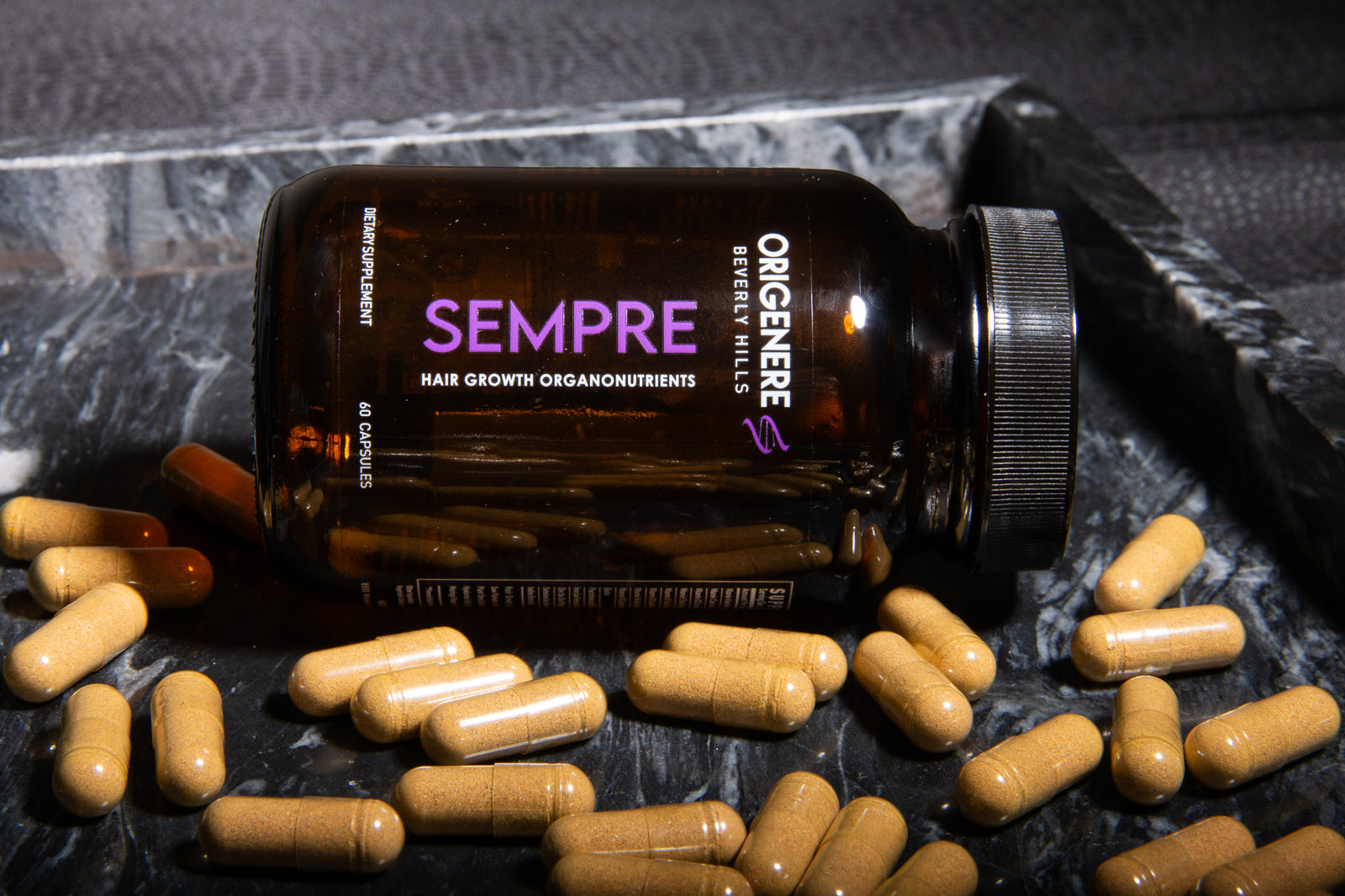Discovering Ylang Ylang: Advantages from Tradition to Modernity

Summary of Ylang Ylang Benefits For Hair
- Ylang Ylang Overview: Derived from the flower of Cananga odorata, known for its sweet scent and health benefits.
- Traditional Uses: Treats asthma, malaria, headaches, skin issues, gout, diarrhea, fever, and supports hair/scalp health.
- Modern Benefits: Offers antimicrobial, antioxidant, and calming effects. Common in cosmetics, aromatherapy, and foods.
- Essential Compounds: Includes benzyl acetate (scalp circulation), linalool (anti-inflammatory), and germacrene-D (antimicrobial).
- Relaxation: Proven to reduce anxiety, lower blood pressure, and promote calmness through aromatherapy or topical use.
- Hair and Scalp Benefits: Enhances circulation, supports dermal papilla cells, and conditions hair/skin.
- Antimicrobial Action: Disrupts biofilms, inhibits microbial enzymes, and damages microbial membranes.
- Antioxidant Properties: Free radical scavenger aiding in anti-aging and skin/hair care.
Introduction
Name
Scientific Name: Cananga Odorata
Genus: Cananga Species: Odorata
Common Name: Ylang-Ylang
Widely known as Ylang-Ylang, derived from Tagalog or Filipino language; pronounced Ilalng-ilang. Belongs to the Annonaceae or the “custard apple family”.
Fast-growing, medium-sized tree indigenous to the Indo-Malayan region, including southern Myanmar (Burma), Indonesia, the Philippines, northern Australia, Malaysia, southern India and in many island countries of the Indian and Pacific Oceans from Madagascar to Sri Lanka.

Ylang-Ylang Essential Oil
Ylang ylang is a popular essential oil known for its many benefits. It has a rich history in traditional medicine and continues to be used today. This oil is loved for its nice scent and possible health perks.
A pale-yellow essential oil (EO) is extracted from the flower of C. odorata using steam distillation and has an intensely sweet scent which is like jasmine.
Ylang-ylang EO, has been approved to be generally recognized as safe by Flavor and Extract Manufacturers Association (FEMA) and is widely used as flavoring agent and adjuvant. It's used in many cosmetic products, including shampoos, soaps, perfumes and other cosmetic products, foods and in aromatherapy (Tan et al 2015).
Historical Uses
- Stomach Ailments
- Laxative
- Asthma
- Malaria
- Carminative Agent
- Prevent skin itching and boils
- Headaches
- Hair and Scalp Health
- Gout
- Diarrhea
- Fever
Modern Uses
Antimicrobial Activity
Studies have demonstrated Ylang-Ylang EO has antimicrobial activity against both bacteria and fungus. It works via three main mechanisms:
- Disruption of microbial biofilm.
- inhibition of essential microbial enzymes and proteins.
- Disruption of microbial cell membrane.
Antioxidant Activity
Multiple studies have demonstrated the implications of Ylang-Ylang in free radical scavenging and anti-aging.
Relaxing Activity
Multiple studies have demonstrated the sedating and relaxing properties of Cananga Odorata both in the topical form and inhaled form. Studies in aromatherapy have demonstrated a relaxed state with reduced blood pressure and decreased anxiety.

Phytonutrient Profile
Benzyl Acetate
- Floral scent
- improved scalp circulation
- Antioxidant
Linalool
- Anti-inflammatory
- Improves scalp circulation
- Antioxidant
Trans-Caryophyllene
- Antimicrobial
- Antioxidant
- Anxiolytic
Cinnamyl Acetate
- Stimulates Dermal Papilla Cells
- Anti-inflammatory
- Antioxidiant
Germacrene-D
- Significant antimicrobial activity
Geranyl Acetate
- Mood enhancement
- Antimicrobial
- Calming effect
Methyl Benzoate
- Floral scent
- hair and skin conditioning effects
Recipe
Cocktail
"The Oracle"
Created by Mixologist Ran Duan Winner of the 2014 North American Winner of the Bombay Sapphire Most Imaginative Bartender Competition
Ingredients:
- 2 oz Bombay Sapphire Gin
- 1/2 oz Falernum Liqueur
- 1/2 oz St-Germain French Elderflower Liqueur
- 3 Dashes Absinthe
- 10 Drops Citric Acid Solution
- Ylang-Ylang Essential Oil
- Dry Ice
Mix Gin, Falernum, St-Germain and Absinthe. Pour into base chamber of cruet. In the other side of cruet add 2-3 drops of ylang-ylang, dry ice and water to create fog with ylang ylang aroma.
References
- Tan LT, Lee LH, Yin WF, Chan CK, Abdul Kadir H, Chan KG, Goh BH. Traditional Uses, Phytochemistry, and Bioactivities of Cananga odorata (Ylang-Ylang). Evid Based Complement Alternat Med. 2015;2015:896314. doi: 10.1155/2015/896314. Epub 2015 Jul 30. PMID: 26294929; PMCID: PMC4534619.
- Lee K, Lee JH, Kim SI, Cho MH, Lee J. Anti-biofilm, anti-hemolysis, and anti-virulence activities of black pepper, cananga, myrrh oils, and nerolidol against Staphylococcus aureus. Appl Microbiol Biotechnol. 2014 Nov;98(22):9447-57. doi: 10.1007/s00253-014-5903-4. Epub 2014 Jul 16. PMID: 25027570.
- Choi EM, Hwang JK. Screening of Indonesian medicinal plants for inhibitor activity on nitric oxide production of RAW264.7 cells and antioxidant activity. Fitoterapia. 2005 Mar;76(2):194-203. doi: 10.1016/j.fitote.2004.11.010. PMID: 15752630.
- Wei A, Shibamoto T. Antioxidant/lipoxygenase inhibitory activities and chemical compositions of selected essential oils. J Agric Food Chem. 2010 Jun 23;58(12):7218-25. doi: 10.1021/jf101077s. PMID: 20499917.
- de Freitas Junior RA, Lossavaro PKMB, Kassuya CAL, Paredes-Gamero EJ, Farias Júnior NC, Souza MIL, Silva-Comar FMS, Cuman RKN, Silva DB, Toffoli-Kadri MC, Silva-Filho SE. Effect of Ylang-Ylang (Cananga odorata Hook. F. & Thomson) Essential Oil on Acute Inflammatory Response In Vitro and In Vivo. Molecules. 2022 Jun 7;27(12):3666. doi: 10.3390/molecules27123666. PMID: 35744789; PMCID: PMC9231162.
- Zhang N, Zhang L, Feng L, Yao L. The anxiolytic effect of essential oil of Cananga odorata exposure on mice and determination of its major active constituents. Phytomedicine. 2016 Dec 15;23(14):1727-1734. doi: 10.1016/j.phymed.2016.10.017. Epub 2016 Oct 27. PMID: 27912874.






Leave a comment